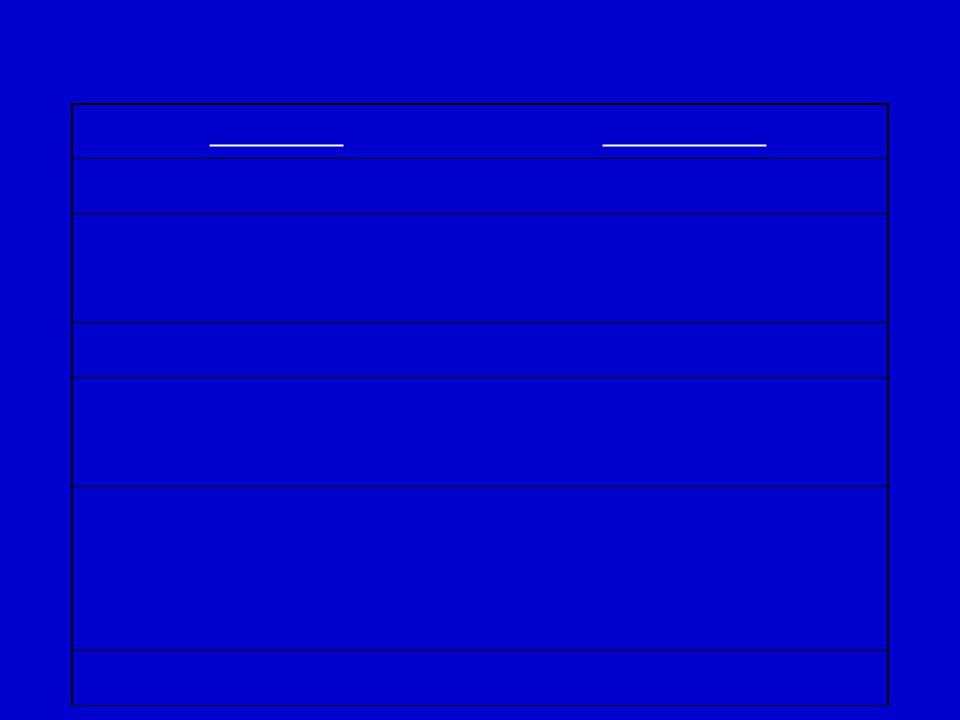
- •Fallout from Chernobyl
- •400 million people exposed in 20 countries
- •Chernobyl’s political fallout
- •Radiation and Health
- •8,000 deaths in 14 years
- •My grandmother, by Luda
- •Death of my life, by Marina
- •Chernobyl is war, by Irena
- •Beauty and the beast, by Helena
- •Nothing escapes radiation, by Irena
- •Chernobyl, our hell, by Eugenia
- •Self-portrait, by Natasha
- •“It Can’t Happen Here”
- •Three-Mile Island, PA 1979
- •Health around TMI
- •Plants near TMI
- •Animals Nearby TMI
- •Nuclear reaction
- •History of nuclear power
- •“Atoms for Peace”
- •Economic advantages
- •Emissions Free
- •Early knowledge of risks
- •States with nuclear power plant(s)
- •Nuclear power around the globe
- •Countries Generating Most Nuclear Power
- •Nuclear fuel cycle
- •Front end: Uranium mining and milling
- •Uranium tailings and radon gas
- •Uranium enrichment
- •Radioactivity of plutonium
- •Risks of enrichment and fuel fabrication
- •Nuclear Reactor Process
- •Technology depends on operators
- •Other reactor accidents
- •United States
- •Risk of terrorism
- •Nuclear Reactor Structure
- •Breeder reactor
- •Reprocessing
- •Back end: Radioactive wastes
- •Yucca
- •Transportation
- •“Mobile
- •Kyshtym waste disaster, 1957
- •Radioactive Waste Recycling
- •Summary

Nuclear reaction
•Chain reaction occurs when a Uranium atom splits
•Different reactions
–Atomic Bomb in a split second
–Nuclear Power Reactor more controlled, cannot explode like a bomb

History of nuclear power
1938– Scientists study Uranium nucleus 1941 – Manhattan Project begins
1942 – Controlled nuclear chain reaction
1945 – U.S. uses two atomic bombs on Japan
1949 – Soviets develop atomic bomb
1952 – U.S. tests hydrogen bomb
1955 – First U.S. nuclear submarine

“Atoms for Peace”
Program to justify nuclear technology
Proposals for power, canal-building, exports
First commercial power plant, Illinois 1960

Economic advantages
•The energy in one pound of highly enriched Uranium is comparable to that of one million gallons of gasoline.
•One million times as much energy in one pound of Uranium as in one pound of coal.

Emissions Free
•Nuclear energy annually prevents
–5.1 million tons of sulfur
–2.4 million tons of nitrogen oxide
–164 metric tons of carbon
•Nuclear often pitted against fossil fuels
–Some coal contains radioactivity
–Nuclear plants have released low-level radiation

Early knowledge of risks
• 1964 Atomic Energy Commission report on possible reactor accident
–45,000 dead
–100,000 injured
–$17 billion in damages
–Area the size of Pennsylvania contaminated

States with nuclear power plant(s)

Nuclear power around the globe
•17% of world’s electricity from nuclear power
–U.S. about 20% (2nd largest source)
•431 nuclear plants in 31 countries
–103 of them in the U.S.
–Built none since 1970s (Wisconsin as leader).
–U.S. firms have exported nukes.
–Push from Bush/Cheney for new nukes.

Countries Generating Most Nuclear Power
Country |
Total MW |
USA |
99,784 |
France |
58,493 |
Japan |
38,875 |
Germany |
22,657 |
Russia |
19,843 |
Canada |
15,755 |
Ukraine |
12,679 |
United Kingdom |
11,720 |
Sweden |
10,002 |
South Korea |
8,170 |


